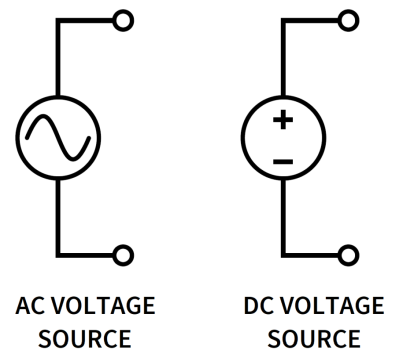What is the difference between a voltage source and a current source?

A voltage source and a current source are two types of electrical sources that provide power to a circuit, but they differ in the way they deliver electrical energy.
- Voltage Source: A voltage source maintains a constant voltage across its terminals regardless of the current flowing through it. It is designed to deliver a specific voltage to the circuit and adjusts the current accordingly. In other words, a voltage source acts as a source of electrical potential difference. The voltage remains constant, and the current may vary depending on the load connected to the source.
- Current Source: A current source, on the other hand, maintains a constant current through its terminals, regardless of the voltage across them. It is designed to provide a specific current to the circuit and adjusts the voltage accordingly. A current source acts as a source of a steady current, with the voltage varying depending on the load connected to the source.
In summary, the main difference between a voltage source and a current source lies in their behavior with respect to voltage and current. A voltage source maintains a constant voltage, allowing the current to vary, while a current source maintains a constant current, allowing the voltage to vary.
mixos Edited answer 22 June, 2023

